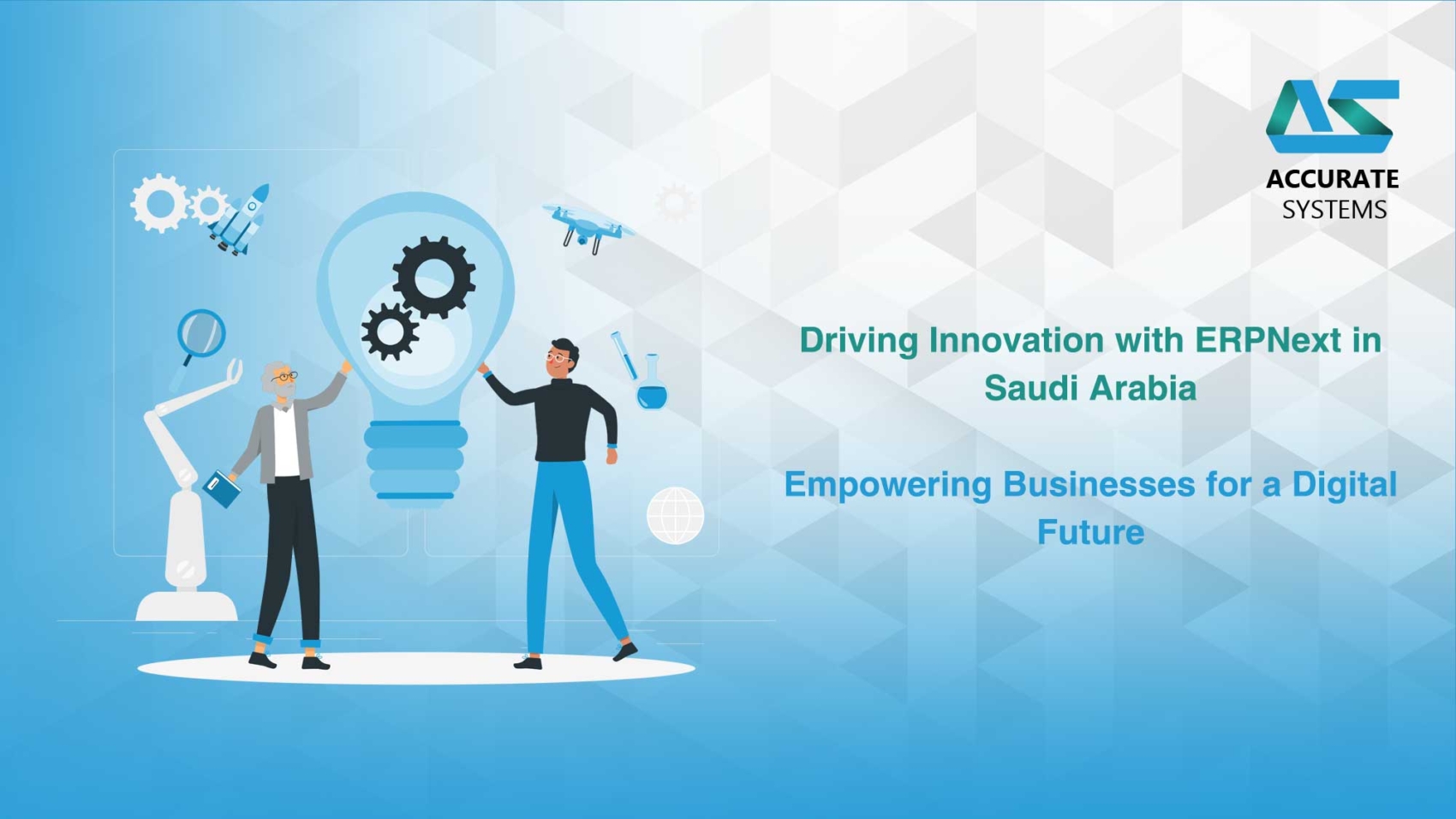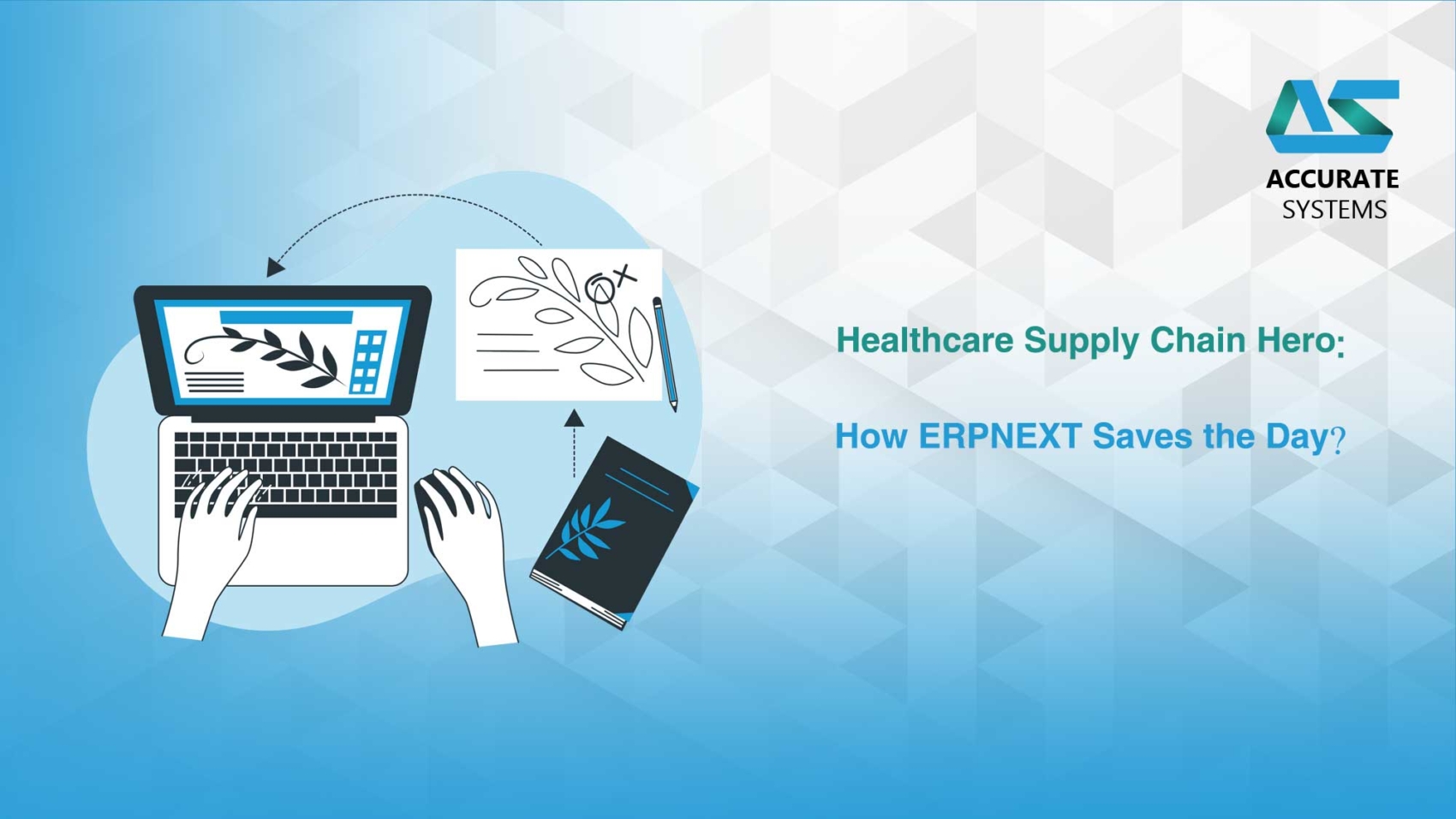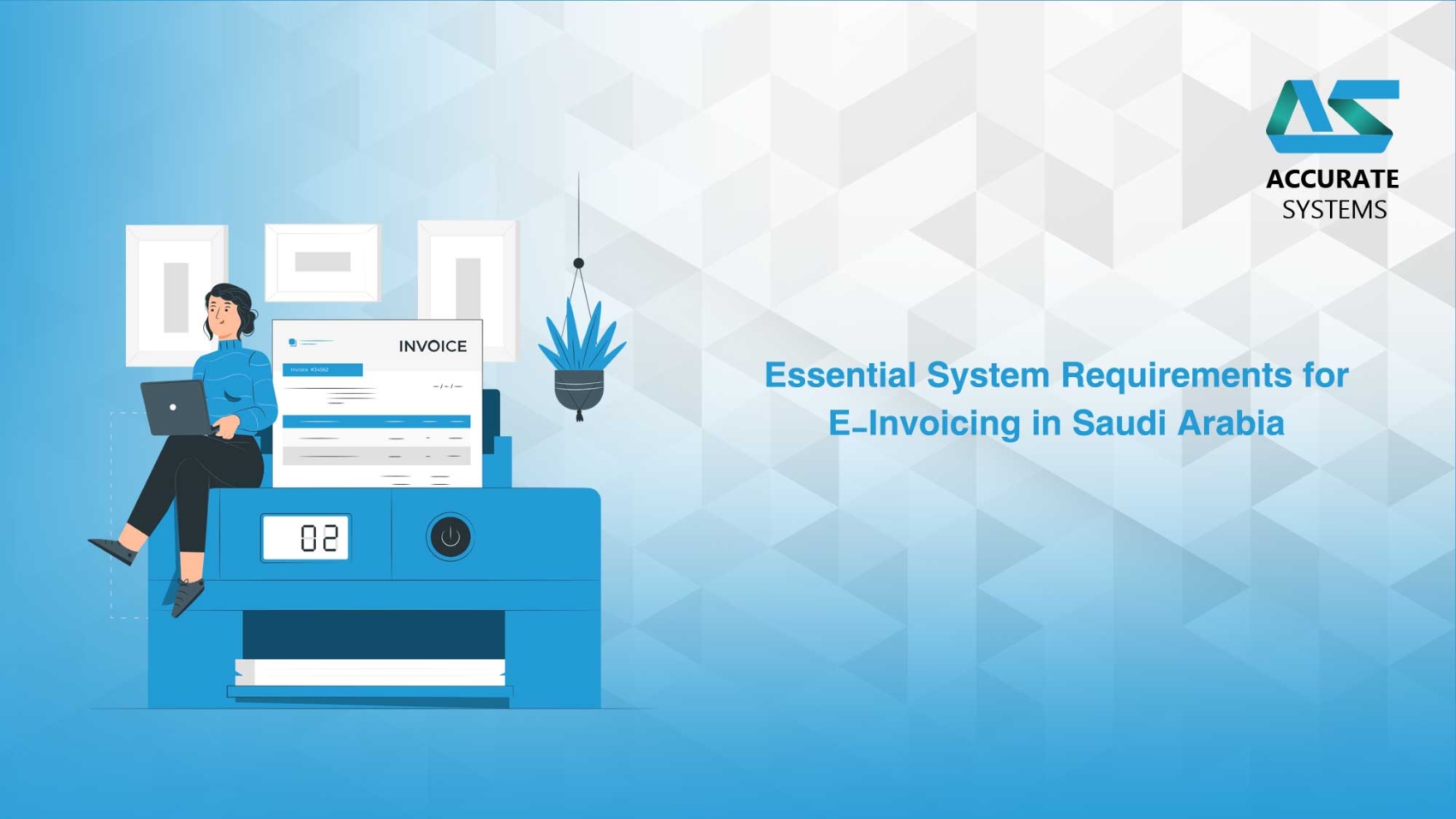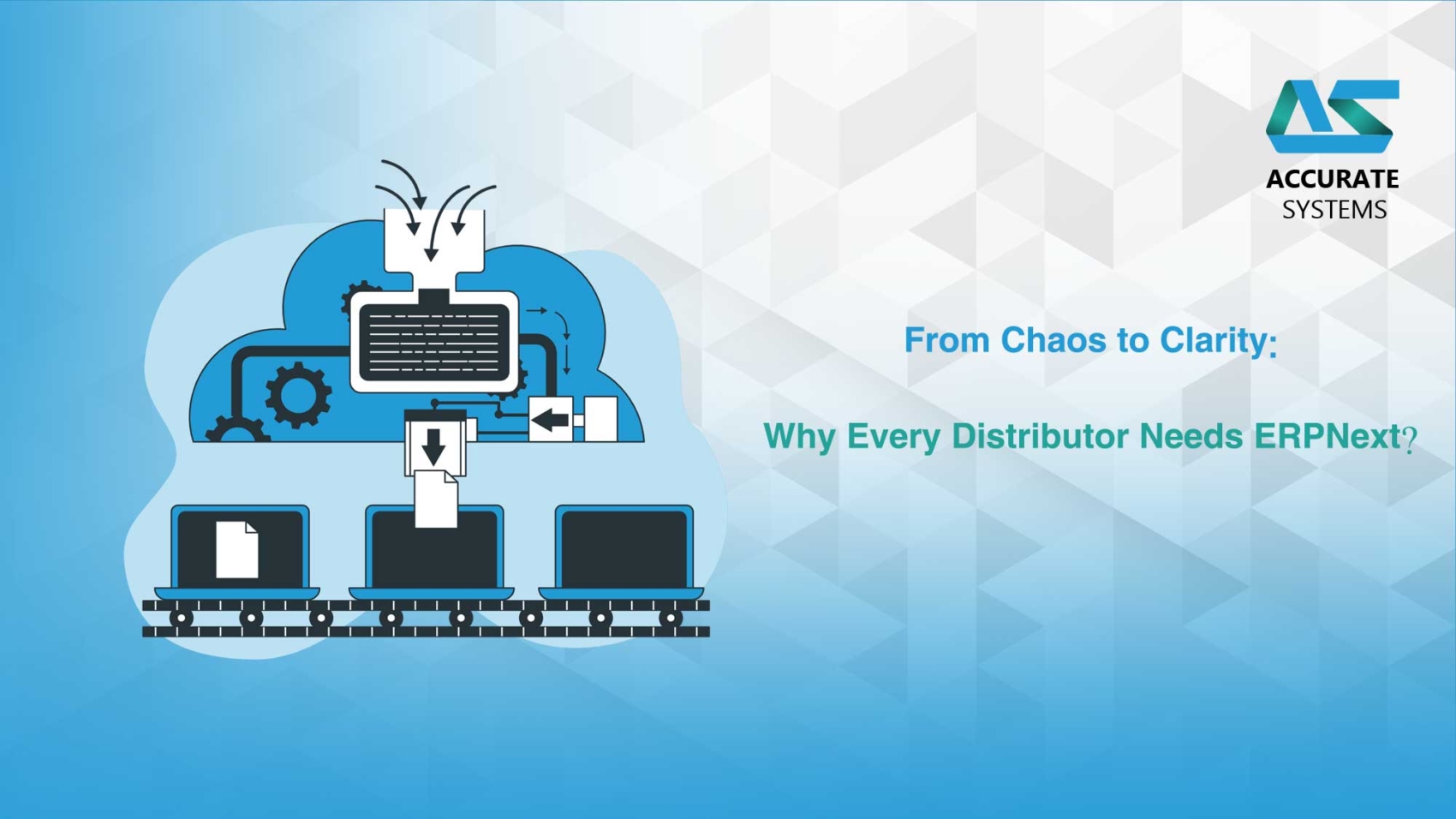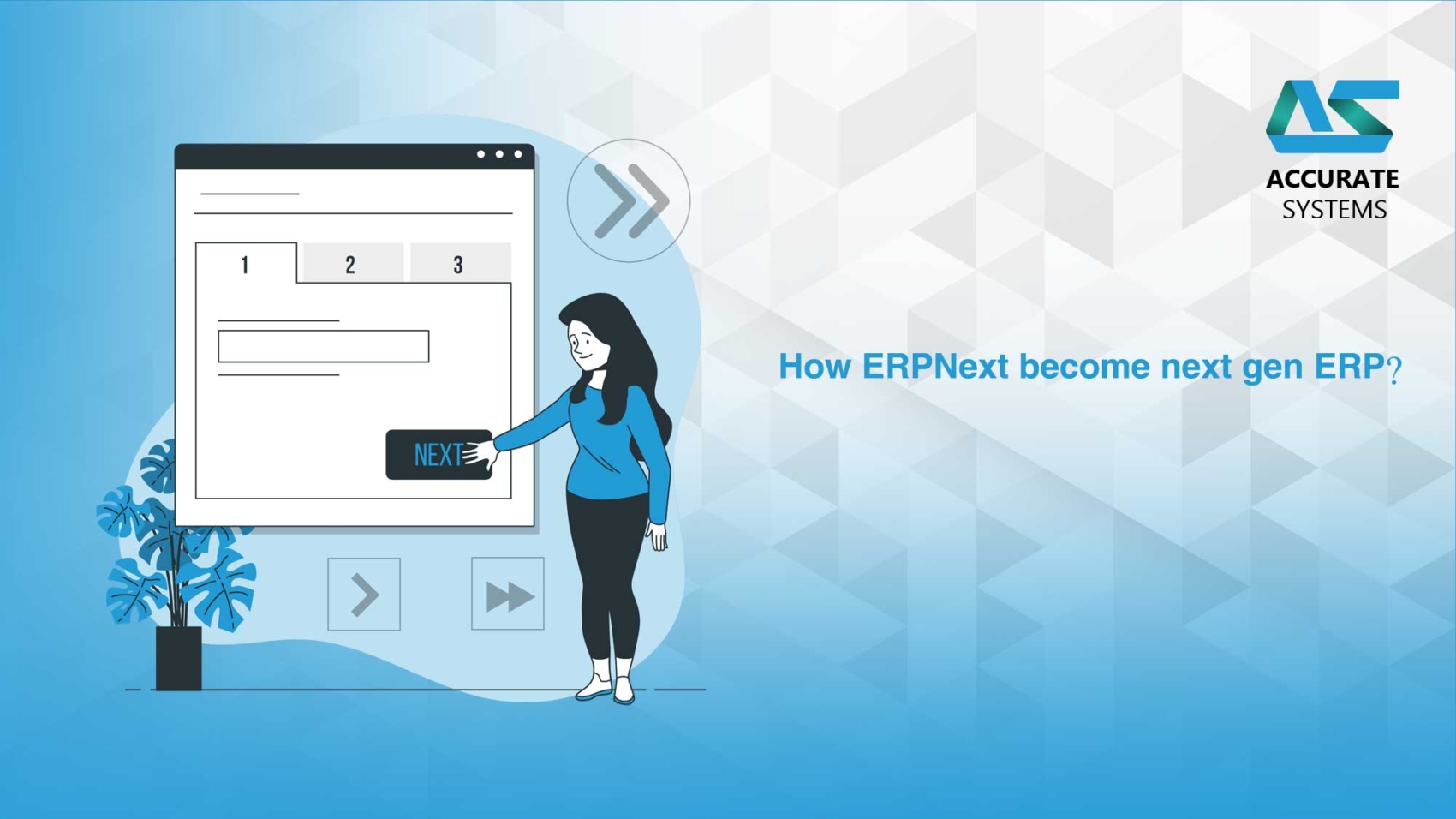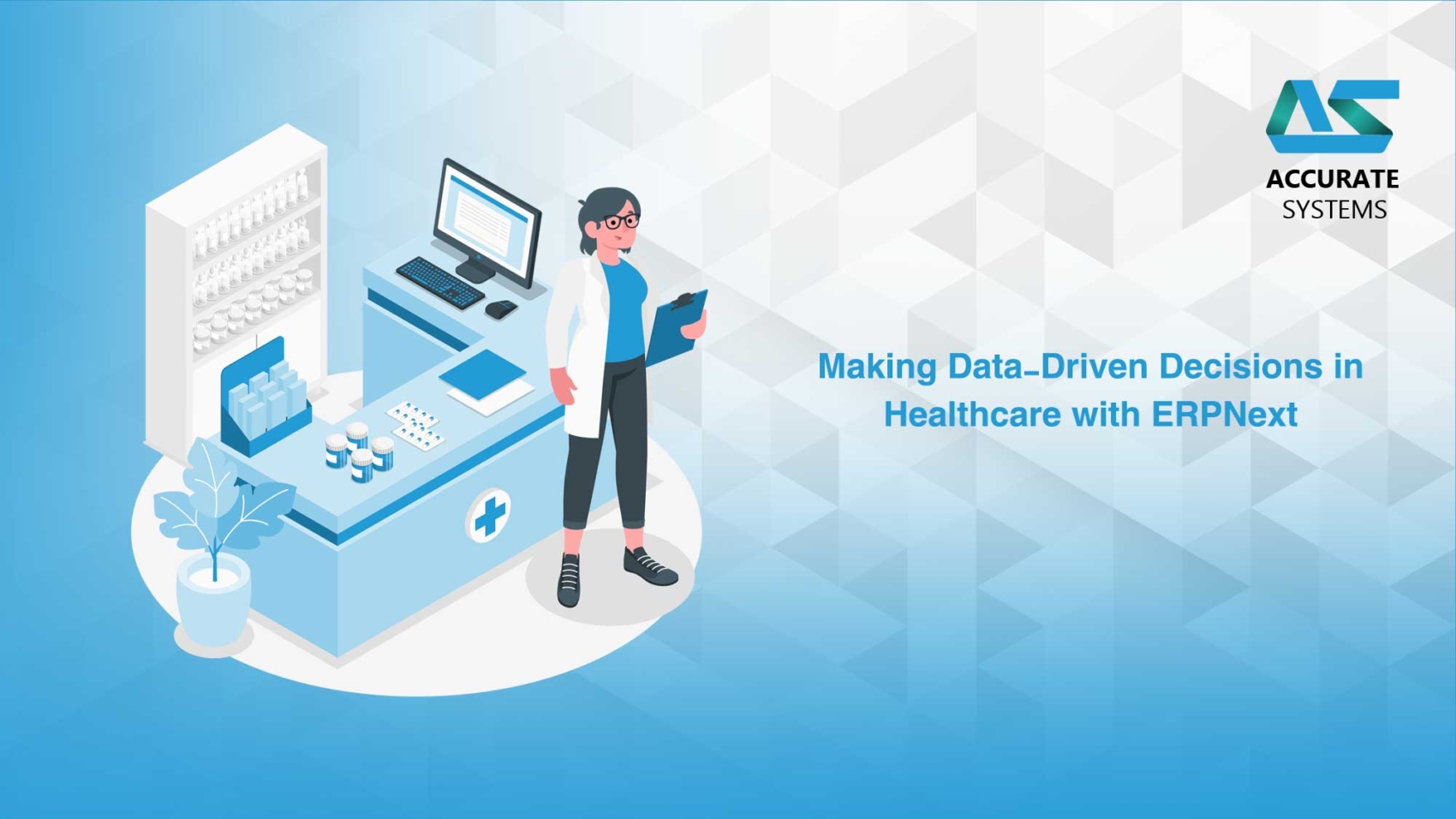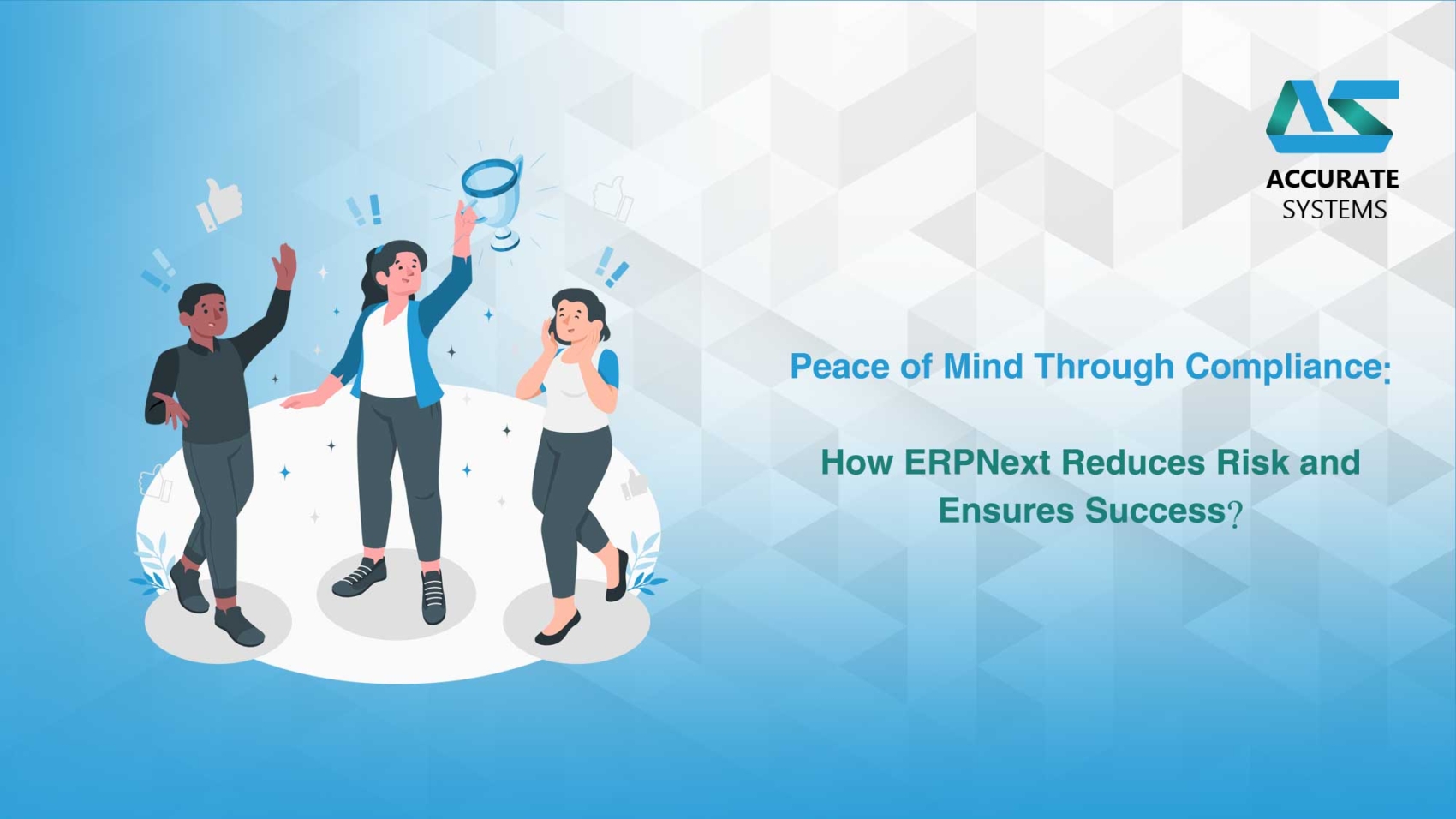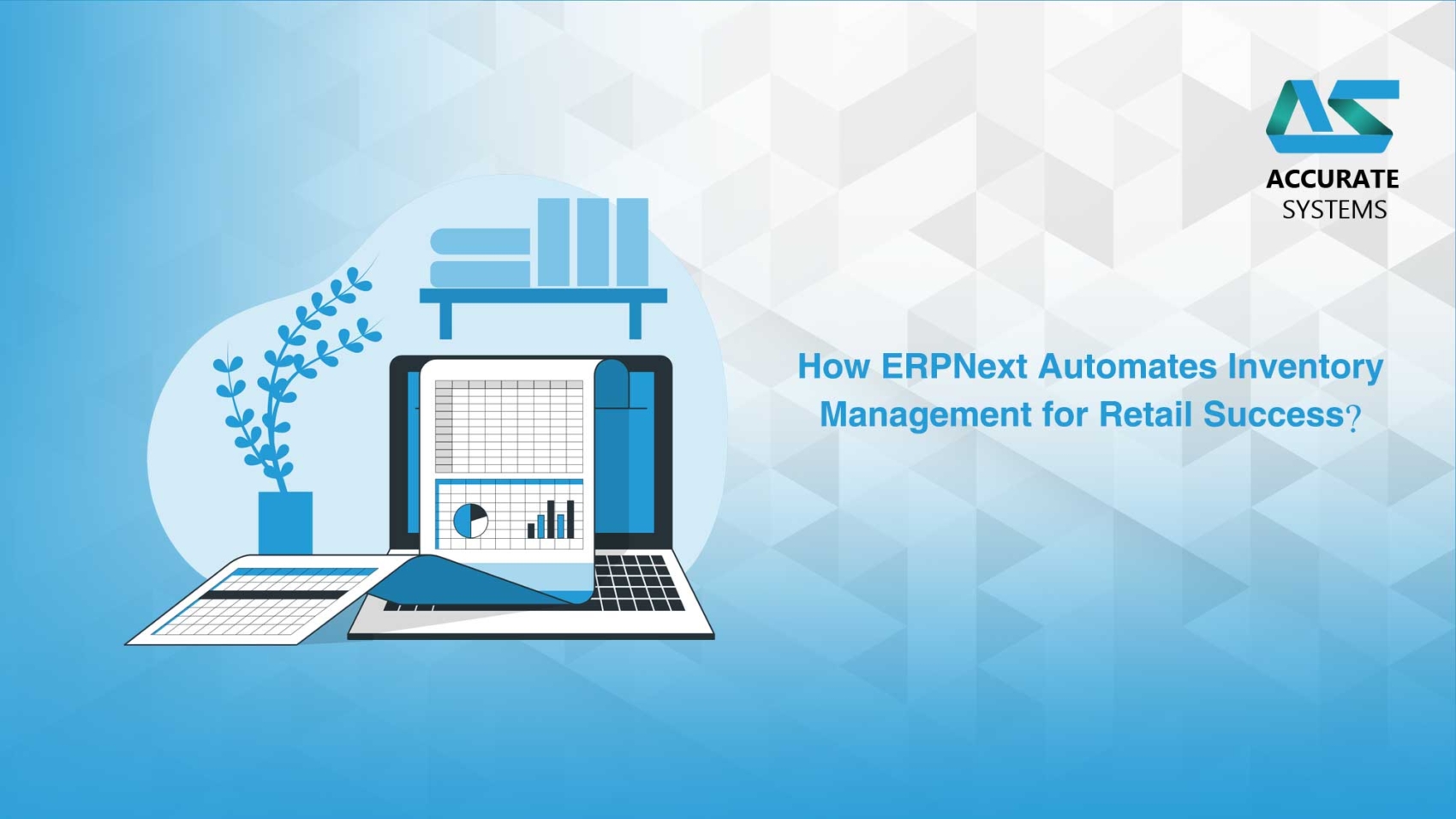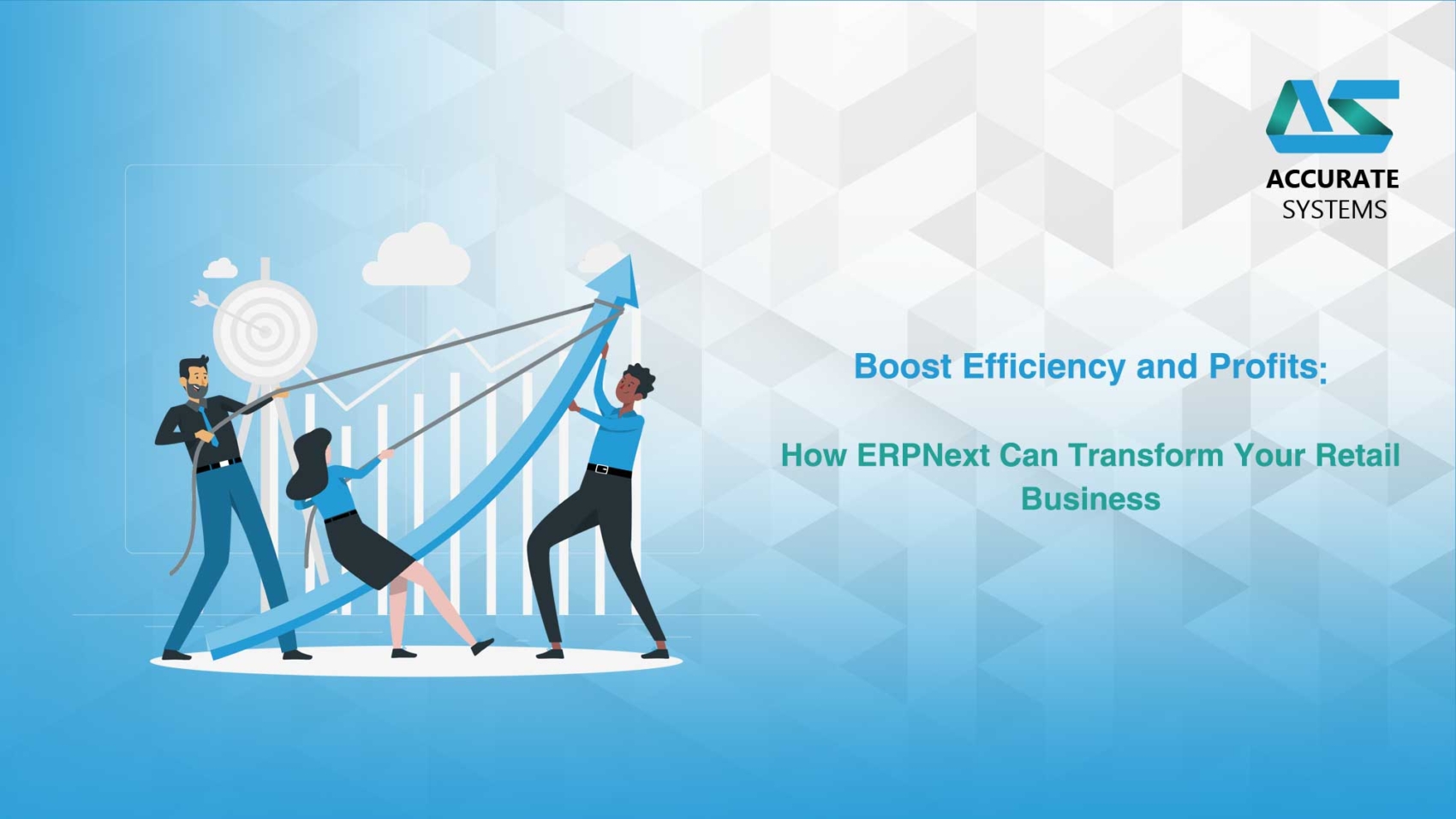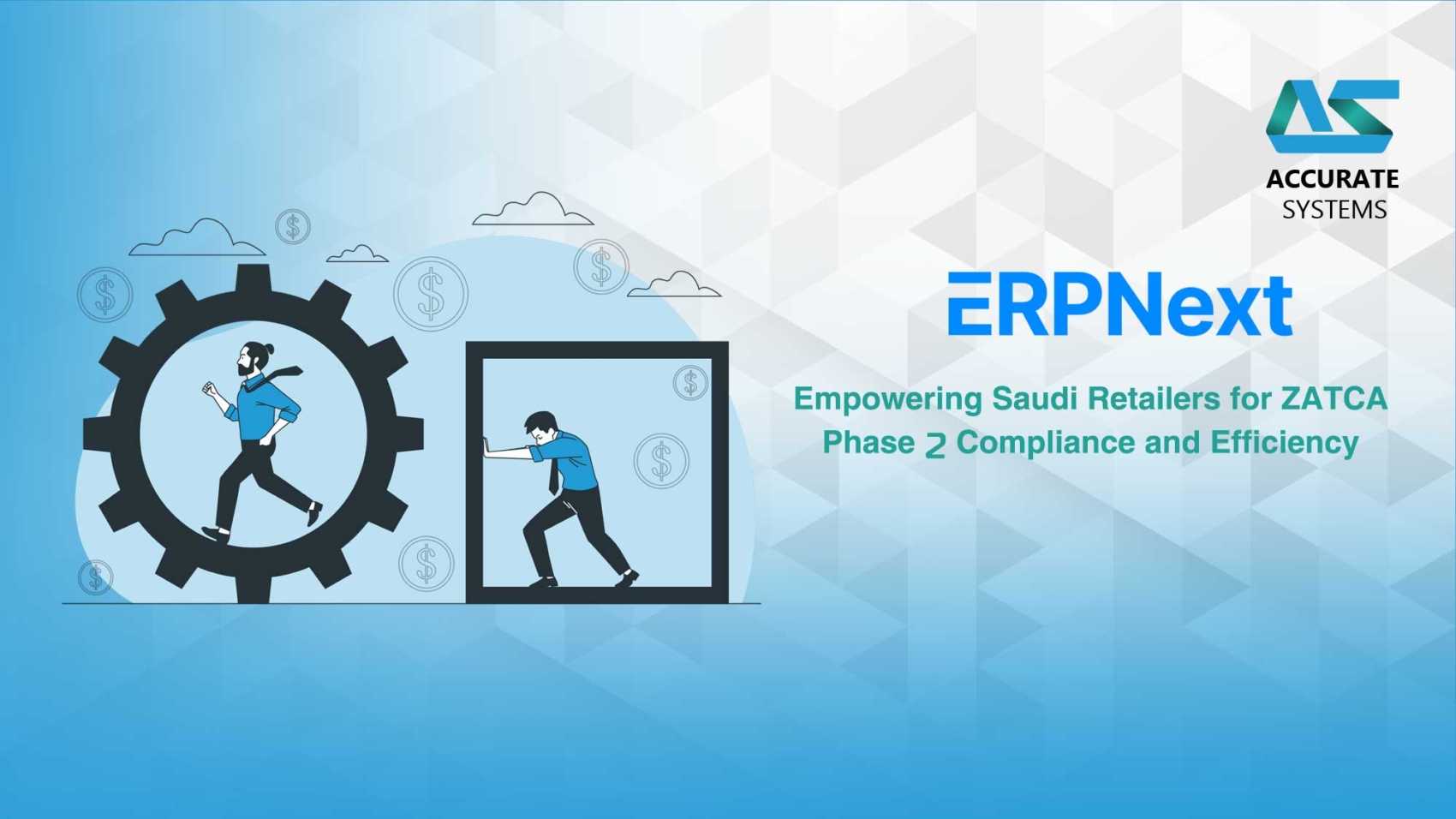In today’s dynamic business landscape, Saudi Arabian companies are increasingly seeking ways to innovate and gain a competitive edge. This is where Enterprise Resource Planning (ERP) systems like ERPNext come into play. Accurate Systems Consultants, a trusted partner for businesses in the region, offers ERPNext solutions to help companies achieve their digital transformation goals.
What is ERPNext?
ERPNext is an open-source ERP platform that caters to businesses of all sizes and across various industries. It offers a comprehensive suite of features designed to streamline operations, improve efficiency, and boost profitability. Some of the key benefits of ERPNext for Saudi Arabian businesses include:
-
Cost-effectiveness: Being open-source, ERPNext eliminates the hefty licensing fees associated with traditional ERP software. This makes it an attractive option for small and medium-sized enterprises (SMEs) looking for an affordable ERP solution.
-
Localization: ERPNext offers features specifically tailored for the Saudi Arabian market, such as:
- Support for the Arabic language
- Ability to manage transactions in the Saudi Arabian Riyal (SAR)
- Compliance with Zakat (Islamic tax) regulations
-
Scalability and Customization: ERPNext can be easily scaled to meet the growing needs of a business. It also offers extensive customization options, allowing businesses to tailor the system to their specific workflows and requirements.
Accurate Systems Consultants: Your Partner in Digital Transformation
Accurate Systems Consultants is a leading provider of ERPNext solutions in Saudi Arabia. Their team of experienced consultants works closely with businesses to understand their unique needs and develop a customized ERPNext implementation plan. They offer a range of services, including:
- ERPNext implementation and customization
- Data migration and integration
- Training and support
Benefits of Partnering with Accurate Systems Consultants
By partnering with Accurate Systems Consultants, Saudi Arabian businesses can leverage the power of ERPNext to achieve several key benefits:
- Improved operational efficiency: Streamline core business processes such as accounting, inventory management, CRM, and project management.
- Enhanced decision-making: Gain real-time insights into business performance through comprehensive reporting and analytics.
- Increased productivity: Automate repetitive tasks and improve collaboration across departments.
- Reduced costs: Minimize operational expenses with a cost-effective ERP solution.
- Improved customer satisfaction: Deliver better customer service with efficient order fulfillment and improved communication.
The Road to Innovation
ERPNext, coupled with the expertise of Accurate Systems Consultants, provides a powerful platform for Saudi Arabian businesses to embrace digital transformation. By implementing ERPNext, companies can unlock new levels of efficiency, gain a competitive advantage, and pave the way for future growth and innovation.
Next Steps
If you’re a business in Saudi Arabia looking to drive innovation and achieve your digital transformation goals, contact Accurate Systems Consultants today. Their team of experts will be happy to discuss your specific needs and demonstrate how ERPNext can help your business thrive in the digital age.


